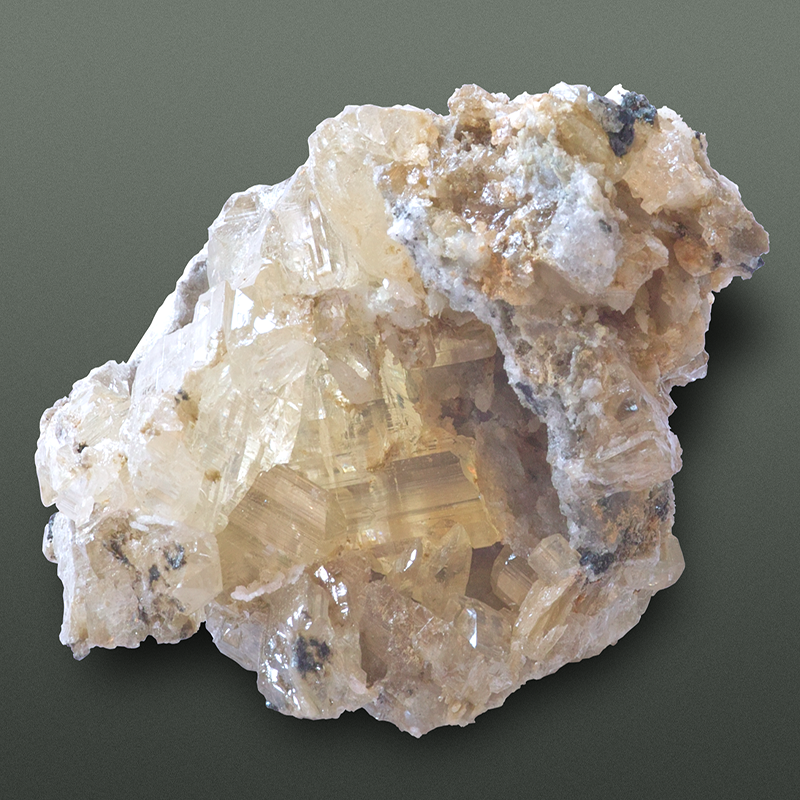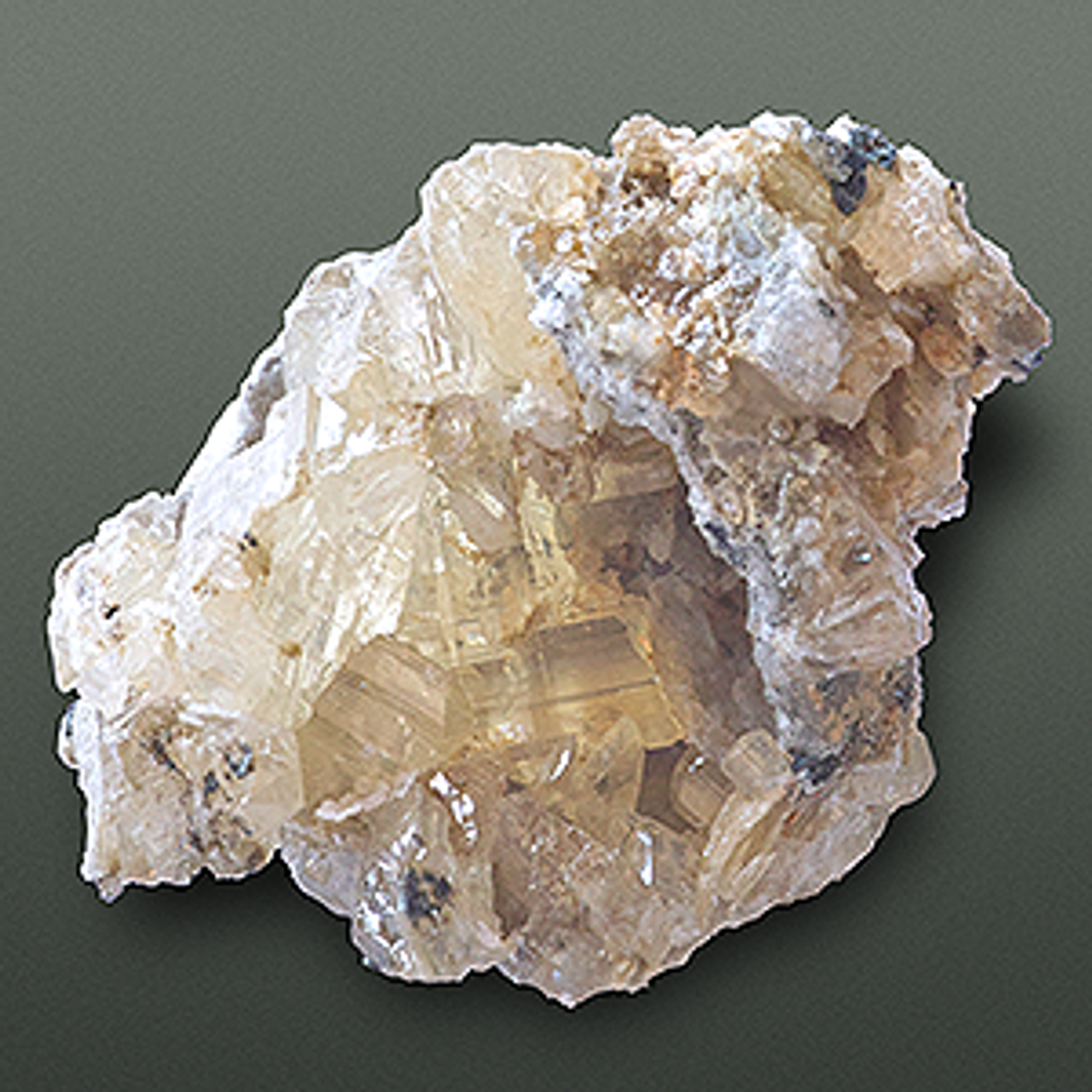White lead pigments

Flake White Historic, Flake White Master, Cerussite
PW 1, also known as Stack Process White Lead or Dutch Method, is a pigment composed of basic lead carbonate, referred to as Cerussa or minium album.
This pigment, commonly known as Flake White, has been revered since ancient times and remains a staple in classical European oil paintings. It is one of the oldest synthetically produced pigments, crafted through a process akin to the traditional 'Dutch' or 'Stack' method. The technique, first described around 300 B.C. by Theophrastus of Eresos, involves exposing metallic lead coils to vapors of vinegar, carbon dioxide, atmospheric oxygen, and water vapor. This corrosion process generates pigment particles randomly, resulting in unique clusters with each production batch. Industrial production methods yield Lead White using the 'wet method,' which produces identical particles. Flake White boasts quick drying properties, forming a flexible and robust film. Renowned for its permanence and impeccable whiteness, Flake White blends seamlessly with various pigments, imparting its strong siccative character to slow-drying colors.
Historically, the fermentation of horse manure provided the necessary carbon dioxide gas for this process, as stacks were built outdoors, benefiting from the heat generated by fermentation. This method yielded harder flakes with a warmer white hue. In our adaptation, Flake White Master, we employ a controlled process using sugar and yeast dissolved in water to produce carbon dioxide gas. This method ensures precise control over gas levels, resulting in bright white flaked layers with a soft frost appearance. After corroded metal collection, milling with water reduces pigment particles into a fine pigment. Subsequent washing and air drying yield Flake White Master, characterized by its fine, bright white hue with multiple-sized and shaped particles.
This pigment blends effortlessly with oil, requiring minimal oil for cohesion. Its affinity for oil facilitates sculpting in alla prima, painting long underpainting brushstrokes, and reworking without disturbing the paint.
Lead white poses significant health risks and should be handled with extreme caution, particularly when inhaled as a powder or ingested in any form.

